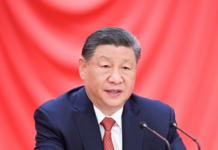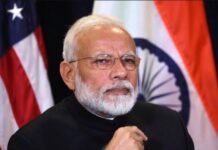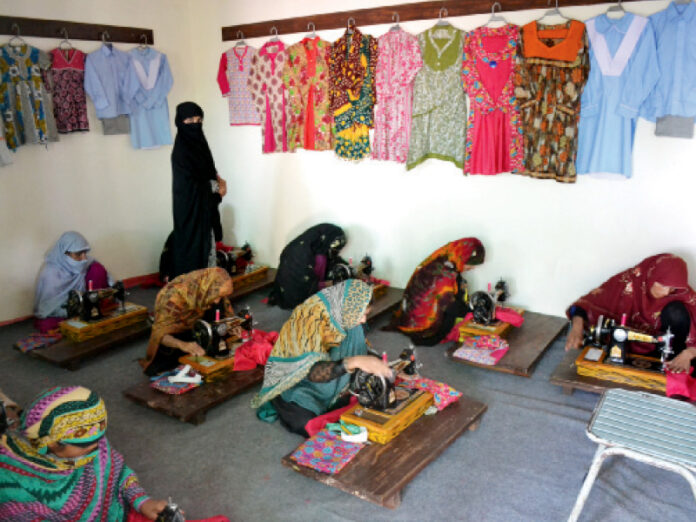By: Dr Asim J Abro
Mainstreaming gender in Pakistan’s public procurement system confronts several challenges, including inadequate data, absence of institutional infrastructure, and gender-blind policies and procedures.
The government’s 5Es Framework aims to address these issues by promoting equity and empowerment as key strategic areas. This ambitious policy framework includes various visionary initiatives targeting women, such as skill development programs and interest-free loans for business and agriculture.
The PML(N)’s manifesto for the 2024 election further reinforces these efforts, proposing specific actions to enhance women’s participation in the economy. The manifesto outlines a number of actions including awarding five percent government procurement contracts to the firms having 50 percent women employment and allocating a five percent quota for women-run businesses in all economic and industrial zones by 2029. This initiative is expected to incentivize companies to hire more women, thereby increasing female workforce participation.
Pakistan, as a signatory to the Sustainable Development Goals (SDGs), is particularly committed to Goals 5 and 8. SDG 8 aims to “Promote inclusive and sustainable economic growth, full and productive employment, and decent work for all,” with SDG 8.5 specifically targeting the achievement of full and productive employment and decent work for all women and men by 2030, including young people and persons with disabilities, and ensuring equal pay for work of equal value. Consequently, this brings significant responsibility to introduce policies and enact pragmatic legislation to ensure equal employment opportunities and the economic empowerment of women.
Women represent 38.8 percent of the global labour force, while Pakistan’s women labour force stands around 20 percent. Barriers against women’s economic empowerment generally include lack of gender-sensitive policies, income inequality, attitudes and harassment at workplaces, and stereotypes defining women’s role in society. Additional barriers include lack of gendered infrastructure at workplaces, gender pay gaps, mobility issues, denial and discrimination of professional development and leadership opportunities, job security, access to financial and other occupational hazards. Women are significantly at disadvantage to access financial services, that is, access to credit or financial products; are major barriers for starting an enterprise. UNDP Pakistan highlighted that 82 percent of the adult women in Pakistan do not have access to either an individual or joint bank account.
To embed the doctrine of “buy from women-owned” model, major reforms in public procurement policies are necessary and the concept can be addressed at two levels. First, public sector entities may prefer the business enterprises on the basis of ultimate beneficial ownership, where women hold more than 51 percent shareholding. Second, regulatory bodies should emphasize incorporating women-responsive procurement principles that promote gender equality.
The government has reaffirmed its pledge by launching the 5Es framework, which is a positive omen. However, in order to translate the vision of equity and empowerment for gender parity, multi-pronged initiatives, integrated approach, combined policy initiatives coupled with practical support and legislative reforms are required, to create a more inclusive and equitable economic landscape in Pakistan.
Public Procurement accounts for 10 to 15 percent of the GDP in developed countries. Public procurement laws could play a pivotal role in advancing socio-economic objectives for women. Some countries have implemented convincing measures to promote the “buy from women-owned” approach, integrating it into their procurement regulatory frameworks. For instance:
- Tanzania in its Public Procurement Act, 2016 allocates 30 percent of government tenders to enterprises led by women, youth, older persons and people with disabilities.
- Kenya has a policy of reserving 30 percent of procurement spending for women-owned enterprises as well as those owned by youth and people with disabilities.
- South Africa’s Broad-Based Black Economic Empowerment has affirmative procurement provisions that apply to women-owned enterprises.
- Botswana, Chile and India, among other countries, have some type of policy that supports women-owned enterprises in the public procurement process.
- The USA has a target of five percent of federal procurement spending to be allocated to small women-owned enterprises.
To inculcate a gender-responsive procurement approach, regulatory bodies and procuring agencies should maintain a database classifying enterprises owned, controlled and operated by women. Quotas can be reserved for awarding contracts under a certain financial threshold, essentially to women-owned SMEs. Additional weightages can be allocated during the evaluation process. Procurement agencies may devise eligibility requirements in a manner, allowing maximum participation of women-owned enterprises.
Access to information is one of the stumbling blocks for women entrepreneurs to participate in public procurement. Partnerships and collaboration with academia to impart efficacious and productive training regarding public procurement laws will certainly eliminate the knowledge barrier and allow them to compete successfully. Taking leverage from emerging IT technology outreach may be augmented by introducing virtual training programs through e-learning modules particularly in all local languages.
Effective monitoring framework would be essential to fortify the efforts being made. Standard guidelines would be required to incorporate gender statistics and sex disaggregated data while registering business enterprises and at other procurement stages. Gender-responsive procurement strategy should include quantitative indicators to understand supplier pool diversification and on the basis of qualitative indicators policy should identify the obstacles being confronted by such suppliers to participate in public procurement with full potential.
The government has reaffirmed its pledge by launching the 5Es framework, which is a positive omen. However, in order to translate the vision of equity and empowerment for gender parity, multi-pronged initiatives, integrated approach, combined policy initiatives coupled with practical support and legislative reforms are required, to create a more inclusive and equitable economic landscape in Pakistan.
The writer is Director (Monitoring & Evaluation) of the Public Procurement Regulatory Authority, Islamabad.























